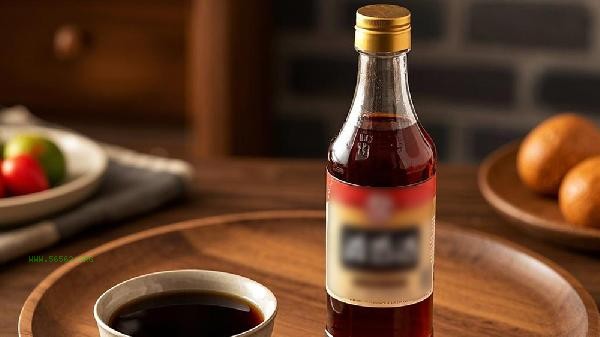Whether to use white vinegar or aged vinegar for stir frying depends on the flavor and nutritional requirements of the dish. White vinegar is suitable for light and fresh dishes, while aged vinegar is suitable for stewed dishes that require a strong flavor.

1. Characteristics of White Vinegar
White vinegar is fermented from rice or glutinous rice, with a pure sour taste and transparent color. It is suitable for cold dishes, pickling, or dishes that require preserving the original color of the ingredients, such as sour and spicy potato shreds, cold mixed kelp shreds, etc. Its acetic acid content is relatively high, which can quickly penetrate ingredients, but the sour taste is easily volatile after heating, making it suitable for short-term quick stir frying. White vinegar contains a small amount of amino acids and minerals, which are less irritating to the gastrointestinal tract and suitable for people with weak digestive function.

II. Characteristics of Aged Vinegar. Its amber color can give dishes an enticing color, and the polyphenols it contains have a certain antioxidant effect. But the content of sodium acetate is relatively high, and hypertensive patients need to control the dosage.
Two types of vinegar can be used flexibly in daily cooking. White vinegar is suitable for refreshing dishes in summer, and aged vinegar is suitable for nourishing dishes in autumn and winter. Pay attention to the clarity of vinegar before use, as cloudy sediment may indicate spoilage. Special populations such as gastric ulcer patients should reduce their intake of acidic seasonings and use lemon juice instead of some vinegar when cooking.









Comments (0)
Leave a Comment
No comments yet
Be the first to share your thoughts!